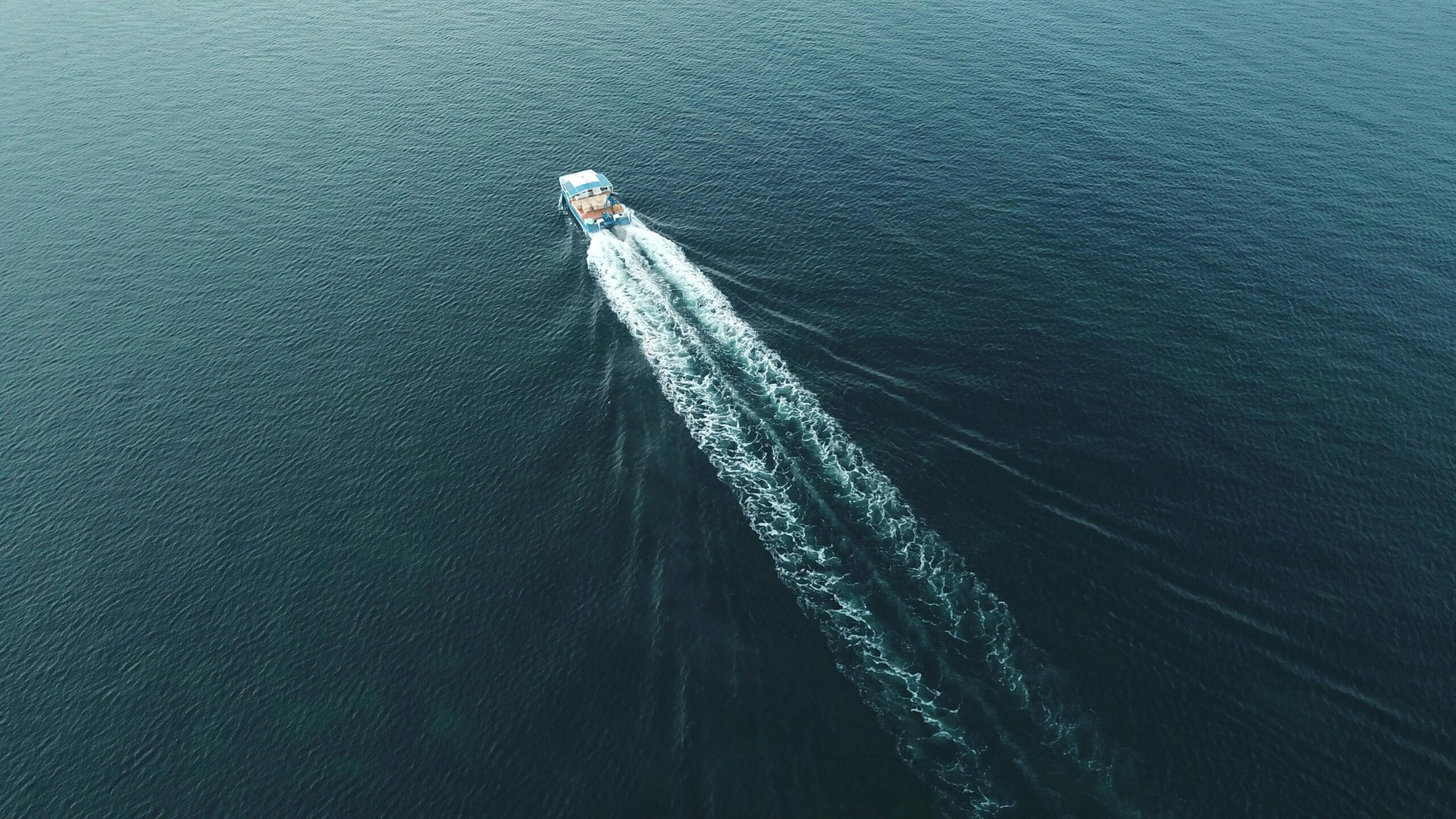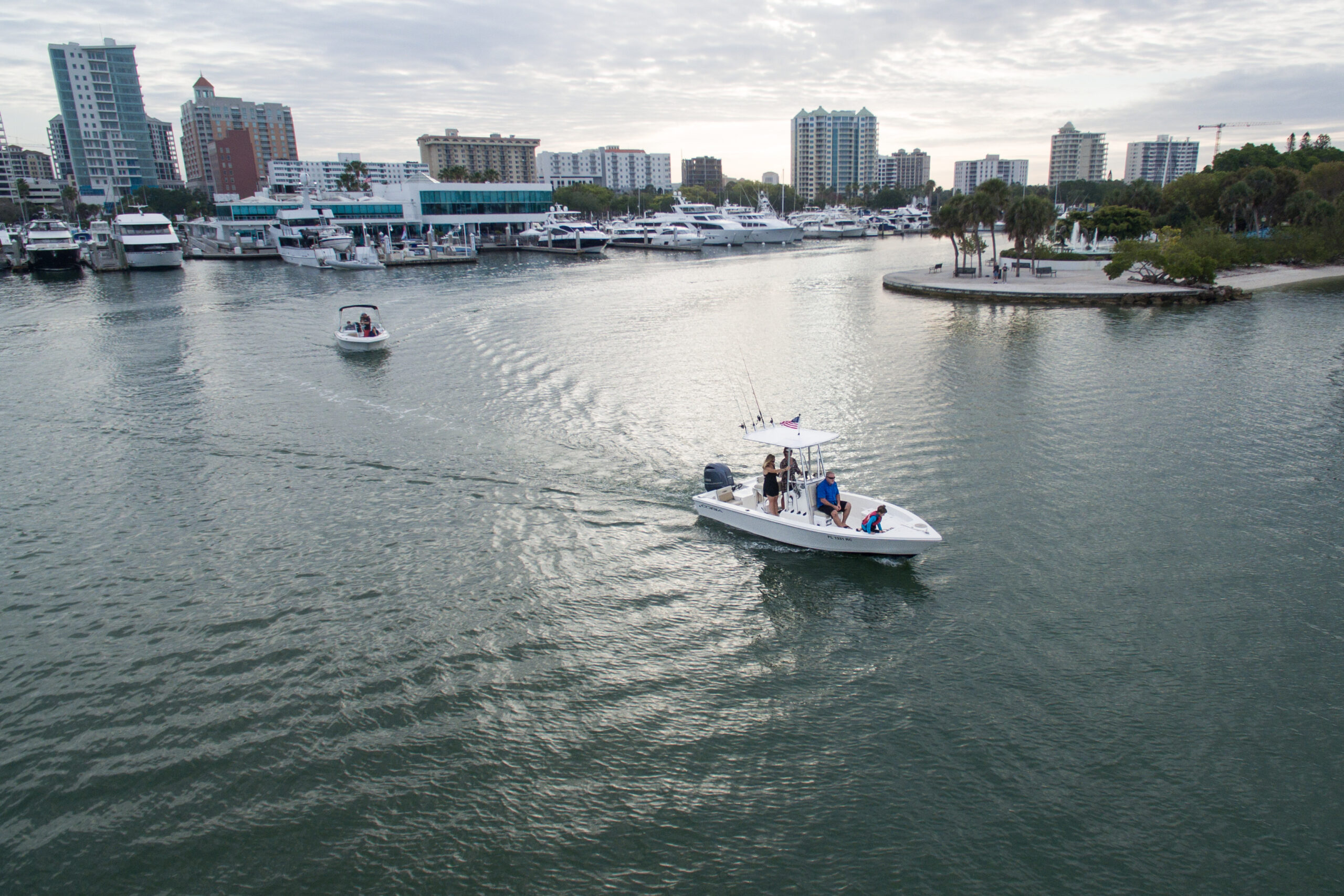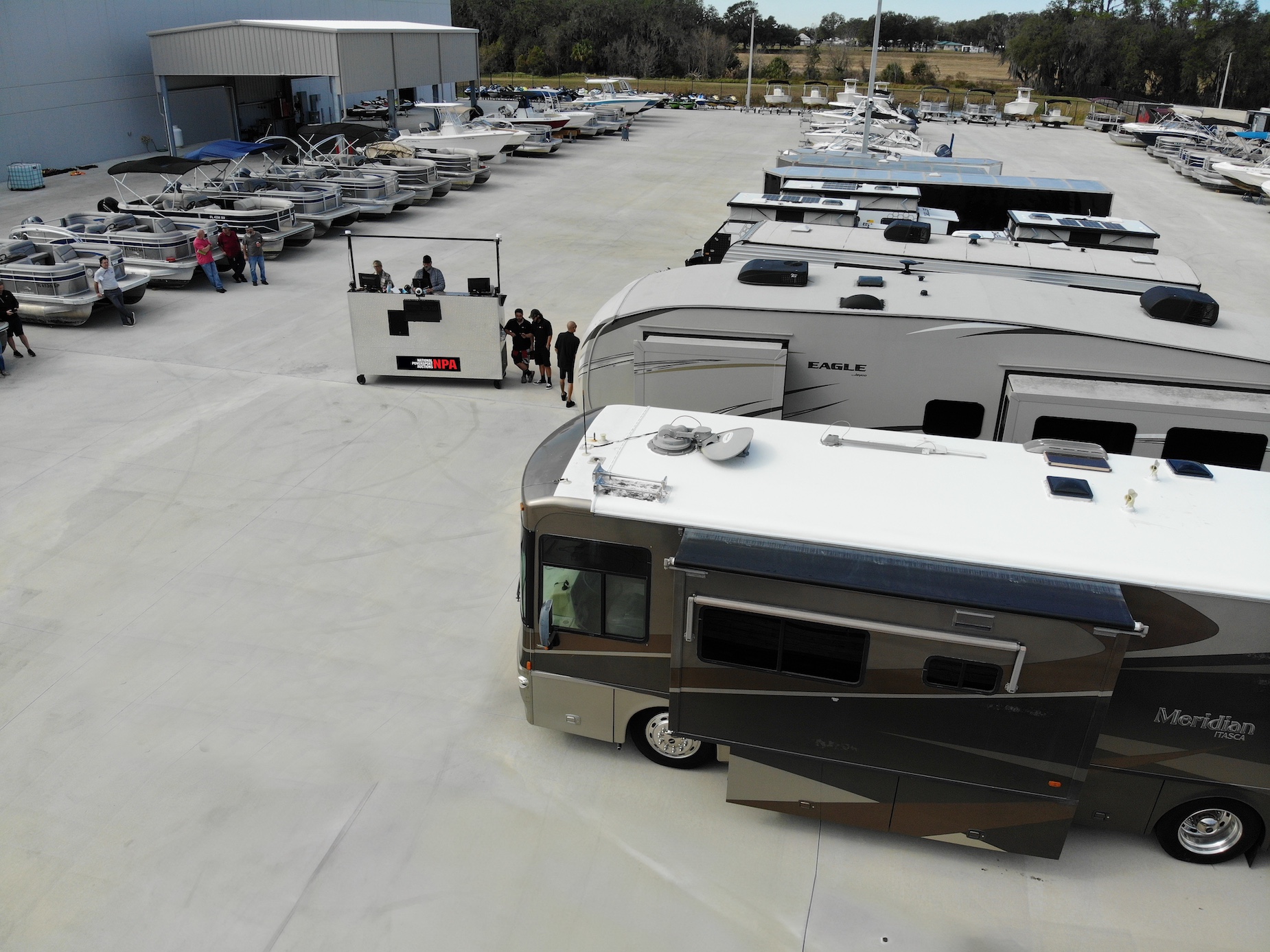In the game of trying to stabilize inventory, there really is no difference.
By Matt Gruhn, MRAA President
Have you ever played The Beer Game? No, I’m not talking about a frat-house game. I’m talking about The Beer Game as chronicled in the book The Fifth Discipline. The book shares the story of three businesses — a beer retailer, a beer distributor and a brewer — seeking to serve their customers well, to keep their product moving and to avoid the risks inherent in supply-and-demand environments.
Author Peter M. Senge has seen the same outcome during the thousands of times his collegiate and management-level students have played The Beer Game. Each participant makes well-motivated, clearly defensible judgments, based on reasonable expectations of what might happen in managing their business. After that, everything goes sideways.
“First, there is growing demand that can’t be met,” Senge writes. “Orders build throughout the system. Inventories are depleted. Backlogs grow. Then, the beer arrives en masse while incoming orders suddenly decline. By the end of the experiment, almost all players are sitting with large inventories they cannot unload.”
The point of the game is to prepare students for similar crises that surface in real production-distribution systems. Take the recreational marine industry. Today, in our factories and our dealerships, the scenario is threatening to play out in real time, despite the fact that we’ve already played this game.
Remember when the Great Recession turned growing sales trends into a precipitous rise in inventory levels that put 35% of our dealerships out of business, seemingly overnight?
More recently, in our real-life version of The Boat Game, demand skyrocketed and dealer inventories quickly depleted during the early stages of the pandemic. Boats were then purchased on pre-order, before they even hit the production line. The pressure on dealers and manufacturers mounted to the point of overwhelm, largely due to the fact that insane demand coupled with worldwide supply chain issues meant they simply couldn’t keep up. Dealers just kept ordering because they knew they could sell everything they could get their hands on.
Then, about a year and a half ago, demand began to subside, those back orders were still being built, and normalization of inventory levels came way faster than anyone expected.
So now we’re on the back end of this round of The Boat Game, trying to adjust our businesses and our inventory levels to the market’s latest realities. The numbers are stark: According to key industry partners, inventory levels at dealerships across the United States on Dec. 31, 2022, compared with Dec. 31, 2021, had effectively doubled. And that trend has continued into the prime selling season of 2023.
Some dealers have noted that they have canceled orders, aren’t taking new orders, and they’re concerned over how to order for the 2024 model year.
“We are receiving 2023 models in May and June,” one dealer told us in MRAA’s May 2023 Pulse Report, “and at the same time being asked for 2024 models to ship in July and August.” This is the point in the game where supply is arriving en masse, while demand has sharply decreased.
Another dealer wrote: “Boat companies are asking for our 2024 orders already. Seems like every year they want [orders] earlier and earlier, knowing that if we order now, the boats will be here in July, and we’ll still have half our 2023 inventory on the lot.”
In response, manufacturers have begun to slow production, perhaps a little too late, as they simultaneously seek to fill the white space in their networks — the market areas where they have no, low or poor dealer representation. Manufacturer promotions have also been on the rise, as dealers cut their margins and fight harder to turn shoppers into buyers.
This isn’t the new normal. It’s the old normal, coming back to life.
We’ve endured periods of rapid inventory growth before. The question is: Do we remember the lessons we learned?
As dealers, it does us no good to complain about manufacturers wanting us to buy more product. A little more than a year ago, dealers were begging for more shipments. Today, perhaps, inventory levels are high enough. But did the manufacturers know that before the request for more orders came in?
As manufacturers, it does us no good to pressure dealers to take more inventory than they are comfortable with, or to introduce more product into the market by finding another dealer. Both paths compromise the health of our industry and our critical distribution network.
What’s needed here is a better understanding of and responsiveness to the cyclical nature of our industry. Dealers must balance the right product offerings and the right amount of product with the demands of the marketplace, while manufacturers seek efficient, consistent production output. Achieving this balance is always a challenge, but it’s something that can be better managed.
The point is: The pressure dealers and manufacturers are feeling could be significantly reduced if we could improve the systemic issues that cause these recurring challenges.
Senge outlines several lessons we can take from The Beer Game. First: More often than we realize, it is the system that causes the crisis, not external forces or individuals’ mistakes. Second: System structure includes how people make decisions (the operating policies whereby we translate perception of demand), goals (established months or years prior to today’s reality), rules (often written by someone else) and norms (such as habits, good or bad). Third: Players of the game have it in their power to eliminate the extreme instabilities that invariably occur, but they fail to do so because they do not understand how they are creating the instability in the first place.
Echoing Senge, I suggest that, if thousands of boat dealers and their respective manufacturers — representing different demographics, customer types and market areas — all generate the same patterns of behavior, then the causes of the behavior must lie beyond the individual dealer or boat brand. The causes of the behavior must lie in the structure of the game itself.
What must the marine industry do to change the structure of our game? Perhaps a good place to start the discussion is the MRAA July 2023 Spotlight topic: inventory management. Find resources to help at mraa.com/spotlight.
This article was originally published in the July 2023 issue of Soundings Trade Only.




